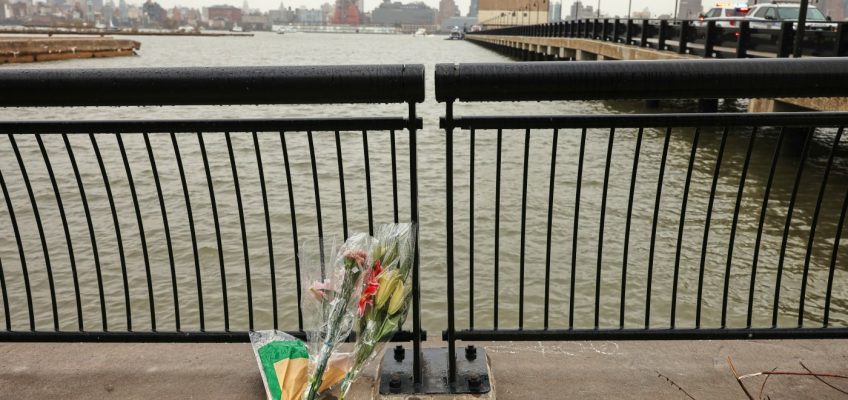With only three regular-season games left and the Frost’s postseason hopes hanging in the balance, the intensity and anxiety usually associated with such a scenario have been replaced by unwanted down time and a splintered roster.
In other words, a less than ideal situation. It’s all due to a nearly month-long break for the World Championships, and an unfortunate reality for the fledgling league that could get even worse before it gets better.
“Honestly, I’m worried about next year,” Frost coach Ken Klee said. “Next year we’ll have the Olympic break, and I’ve heard through the rumor mill that they’re not going to move the World Championships. So, there will be a huge three-week break in February and huge one in April.
“It’s gong to be tough for this league, but it is what it is.”
The Frost have 10 players currently competing in the World Championships in Czechia, six for Team USA, two for Canada and two for Czechia. Klee’s challenge is to make the most of the practice time he has with the remaining members of the roster.
“We’re trying to mix it up, we’re trying to make it fun,” he said. “We’re having skills days and goalie days and battle days. We’re trying to keep it fresh and stay as sharp as you can with 12 players.”
Frost defender Maggie Flaherty believes Klee and his assistant coaches are making the most of the situation.
“I think our staff does a great job of changing things up and keeping the momentum high in practice, even if we are missing half our team,” the Lakeville native said. “As a player, obviously it kind of stinks not playing games and having a month off before playoffs.
“But I don’t see it as a momentum killer. You still have to be competitive (in practice) and keep in shape.”
The Frost last played on March 30, a 5-2 win over Toronto at Xcel Energy Center. Their next game is on April 26 against New York, their final home game of the regular season. The Frost finish with road games at Ottawa and Boston, all three games coming in a one-week span.
Winning all three games in regulation would assure the Frost a playoff spot. Klee doesn’t think it will take a sweep for the Frost to get in, and believes overtaking Boston for third place is still very much in play. The Fleet are two points ahead of the Frost.
“We know we have to play well, we know we have to get a couple wins,” Klee said. “If we get two wins, we’re probably in a good spot. It’s no different than last year — it came down to last few games.
“Last year we kind of backed our way in. This year we can’t do that.”
The defending PWHL champions find themselves in their current state due to a season that has been marked by inconsistent play. Management and players alike are encouraged by how well the team played just prior to the break.
“Every season, there’s ebbs and flows,” Flaherty said. “But I think we’re starting to play the kind of hockey we would like to play right before playoffs. That’s when you want to peak. Obviously, getting the points early in the season is nice to have that cushion if you need it. But I think we’re playing how we want to play, and hopefully it will roll into these last few games and into the playoffs.”
Klee knew his team would be challenged by an influx of new talent throughout the league. The Frost’s response has been mixed.
“We’ve had good moments,” Klee said, “it’s just finding that balance and consistency night in and night out. We’ve had a couple nights where maybe we didn’t defend well, a couple nights where we couldn’t find the back of the net.
“You go up and down our roster and there are players who have been really consistent throughout the year, and ones that haven’t. That’s the difference with everything so tight. We have a few players who would like to have better individual stats, whether it be (due to) injury or other things.”
Flaherty said the Frost will be able to use the experience gained from last year’s postseason success, which followed a five-game losing streak to end the regular season, as a guide to lead them through another difficult challenge.
“Last year it was just ‘stick together,’ ” Flaherty said. “We had a rough stretch, but we stuck together as a team, and just took it one game at a time. I think that helped push us into the playoffs and ultimately winning the Walter Cup.”
In the meantime, Klee is doing his best to make sure his players don’t dwell on the job they will be facing once the games resume.
“I know it’s big,” he said, “but now’s the time we can relax because we have three weeks until we do it. There’s no sense getting worked up about it now. That week will be intense and we’re going to have to perform.”




